By Craig Dahlgren
Staghorn coral, Acropora cervicornis, was once one of the most important reef building corals in The Bahamas and wider Caribbean region, but high sea temperatures, disease, and a variety of local threats have reduced its populations by an estimated 95% or more. In the Bahamas, The Bahamas National Trust, The Nature Conservancy and local partners like the Cape Eleuthera Institute and The Bahamas Reef Environment and Educational Foundation are trying to help populations of this species recover through strategic propagation efforts. A key component to developing an effective strategy for bringing this species back is understanding the genetics of remnant populations throughout The Bahamas. This information will tell us how closely populations from different parts of The Bahamas are, and when linked with larval transport models, can help determine priority areas that may replenish surrounding reefs. Genetics will also help identify which colonies may be selected for specific environmental conditions or which ones can tolerate or acclimate to different temperature conditions. It may also help identify disease resistant strains of corals. Understanding which zooxanthellae symbionts, microscopic algae that live in corals and provide them with energy from photosynthesis, occur in different colonies will also help select for heat tolerant corals or ones that have high growth rates. All of this information will enable us to select colonies that have the greatest chance for long-term survival and growth for propagation efforts. To date nearly 200 genetic samples from staghorn coral throughout The Bahamas have been collected as part of Reversing the Decline of Bahamian Coral Reefs program and The Blue Project. These samples will be analyzed by the lab of Dr. Andrew Baker at the University of Miami over the next few months and information gathered from the analyses will guide the establishment of future coral nurseries and reef rehabilitation efforts in The Bahamas.

